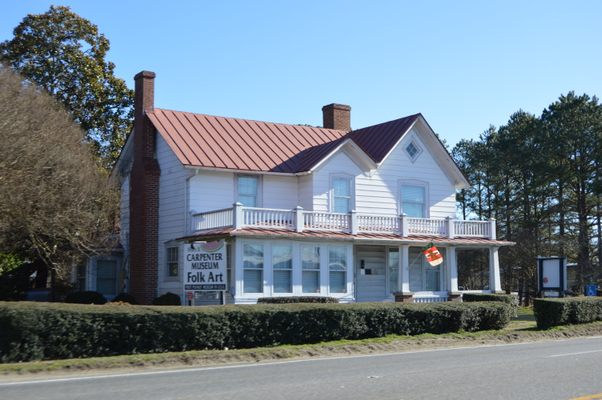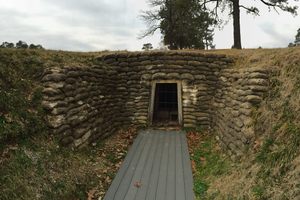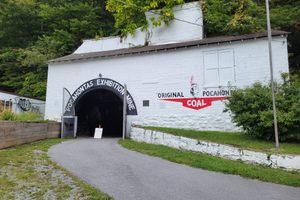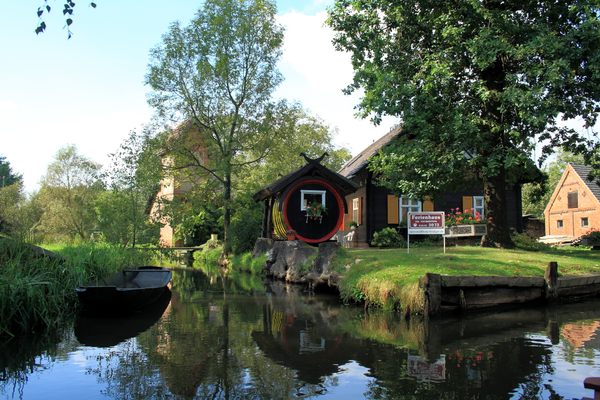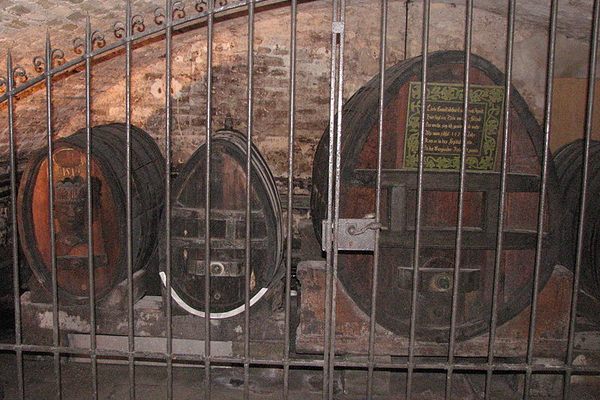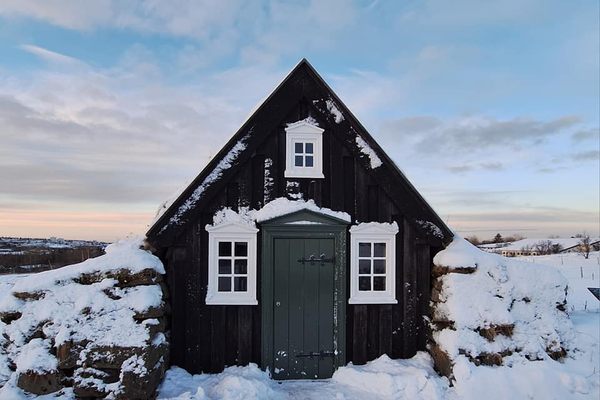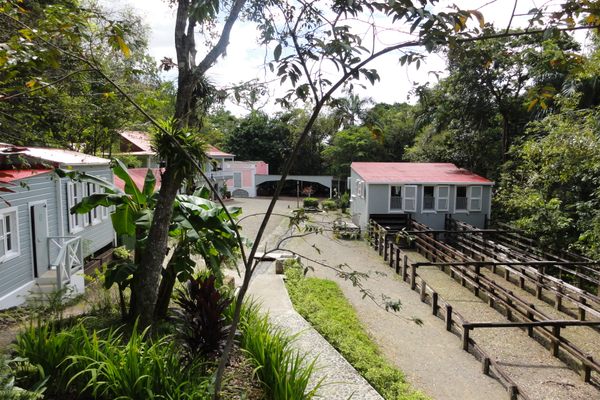About
Route 460 cuts through the heart of Virginia peanut country and leads travelers to the town of Waverly, home of a groundbreaking institution devoted to the humble goober: the first peanut museum in the United States.
The peanut, also called a groundnut or pindar (a legume by any other name…), has been cultivated by humans for some 7,000 years, beginning in Central and South America. Jars of the delicacies have even been discovered in ancient Peruvian burial sites. But it took a wily Virginian to turn the tlālcacahuatl, as the Aztecs once called it, into a going concern.
Local lore has it that Virginia resident Dr. Matthew Harris was the first to develop the commercial peanut trade in the U.S., when he hauled his nuts in a wagon to a Petersburg market in 1842. Peanuts came to the American South by a circuitous route, or more accurately, a triangular one. The Spanish and Portuguese introduced them to Africa where they became a staple food crop. They were then transported back to the Americas via the slave trade. The moniker “goober” in fact comes from the Kimbundu word nguba meaning “kidney shaped.”
Thomas Jefferson chronicles his own cultivation of goobers in 1783, in his Notes on the State of Virginia, but they were regarded as useful only for feeding livestock and enslaved workers. Harris reportedly experimented with many varieties over a 10-year period until discovering the tastiest strain, which led to profitable production in the mid-19th century.
Following the Civil War, peanuts became more acceptable to the masses, particularly through the later efforts of P.T. Barnum, George Washington Carver, and Amedeo Obici (an Italian immigrant who founded the Planters company). At the time, Virginia was the location of the world’s largest peanut market and the museum reports that, “In 1880, the Old Dominion Peanut Company opened in Waverly” which “was the first commercial company to buy, grade, shell and market the peanut.”
The descendent of that company, founded in 1913 to sell peanut confections, sadly closed its operations in Norfolk in January, 2018, an event that was reported in the Virginian-Pilot with the tagline “Nut jobs leave Norfolk.” Happily, the city of Suffolk, a 30 minute-drive away, still holds its annual Peanut Festival, which attracts thousands of nutters.
Related Tags
Know Before You Go
The museum itself is part of the Miles B. Carpenter Folk Art Museum complex and has its own separate building behind the Carpenter house. Miles Carpenter was a successful local businessman who turned to wood carving in his retirement. Known for his watermelon carvings and fanciful creatures, many of his creations are on display including one tableau he created for President Reagan which sits next to a photograph of Carpenter presenting it to the Gipper himself. His work can also be found in the Hemphill Folk Art Collection in the National Museum of American Art.
Published
July 16, 2018



